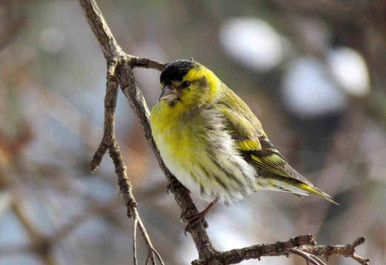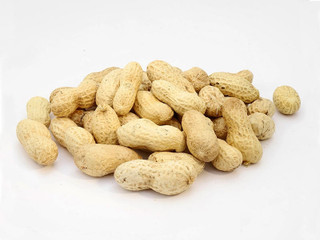The Kennedy Wild Bird Food Guide to the Siskin
 The siskin (scientific name Carduelis spinus) and Eurasian siskin (scientific name spinus spinus) is a small, brightly coloured bird that frequents UK-based areas from southern England up to northern Scotland. If you’re looking to learn more about this beautiful bird, you’ve come to the right place. Here’s the KWBF guide to the siskin.
The siskin (scientific name Carduelis spinus) and Eurasian siskin (scientific name spinus spinus) is a small, brightly coloured bird that frequents UK-based areas from southern England up to northern Scotland. If you’re looking to learn more about this beautiful bird, you’ve come to the right place. Here’s the KWBF guide to the siskin.
What does a siskin look like?
Small, agile, and with bright lemon-yellow plumage, it resembles a yellowish blur when it’s in full flight! It’s a very quick and lively little bird. You’ll also notice its distinctive forked tail and narrow bill (excellent for feeding on seeds - they love our sunflower hearts for birds range!). As mentioned, siskins have that immediately recognisable yellow body (with flecks of green) - they also have a bold black crown. These are the first things you’ll really notice.What does the siskin song sound like?
Traditionally, the siskin song has been described as a ‘watch-winding’ sound - a shrill zreeeeeeet that lasts around a second, among other shorter calls. The males have the most distinctive range of sounds, as they combine huskier, whispering sounds alongside extremely shrill (almost nasal) tones. Click here to listenWhat do siskins eat?
The siskin diet is largely made up of seeds (from conifers, alders, and birches). They will also eat insects if they are available. Siskins won’t usually visit garden spaces unless food is in scarce supply in their normal habitats.What does ‘siskin’ actually mean?
An unusual name, isn’t it. The scientific name for the siskin is Carduelis spinus, and carduelis is a genus attributed to a number of birds in the finch family. There are actually three common garden birds with the genus carduelis:- Carduelis carduelis (goldfinch)
- Carduelis chloris (greenfinch)
- Carduelis spinus (siskin)
What are their nesting habits?
Usually, siskin nests (built by the females) are quite high up in conifers. Nests are a small cup-like shape constructed from twigs, grass, moss, and lichen. The lining is made of hair, wool, and fine plant materials.Where am I likely to spot a siskin?
The siskin is a regular resident of vast regions across the UK and, when visiting in summer, the siskin usually visits South East England (from as high as Cambridge to the length and breadth of London). They breed mainly in Scotland, plus some parts of Wales and England.Facts about siskins
The siskin is a fascinating bird, with complex habits and a distinctive look. Here are some things you might not know about them.- Females are almost identical to males except that the females lack the black cap. A female’s breast is not quite as yellow, either.
- There are around 40,000 pairs of siskins in the UK.
- Siskins are incredibly social*, and are trusting of humans (you can observe them from a fairly short distance).
- *except for winter, when they become much more reclusive. There is actually a German legend whose story is that siskins guard a magic stone in their nests which makes them invisible.
- Worldwide, the siskin population is estimated between 20 and 36 million. In Europe, it’s between 2.7 and 15 million pairs.
Have you seen a siskin?
There you have it! Everything you could ever wish to know about this stunning bird. If you would like to learn about other UK birds, keep an eye on our A-Z section. We’re always adding to it! In the meantime, if you have seen a siskin (remember: you’ll know by the lemon-yellow flash) be sure to log it in our birdspotter. That way, other enthusiasts will know where to look for one too.










